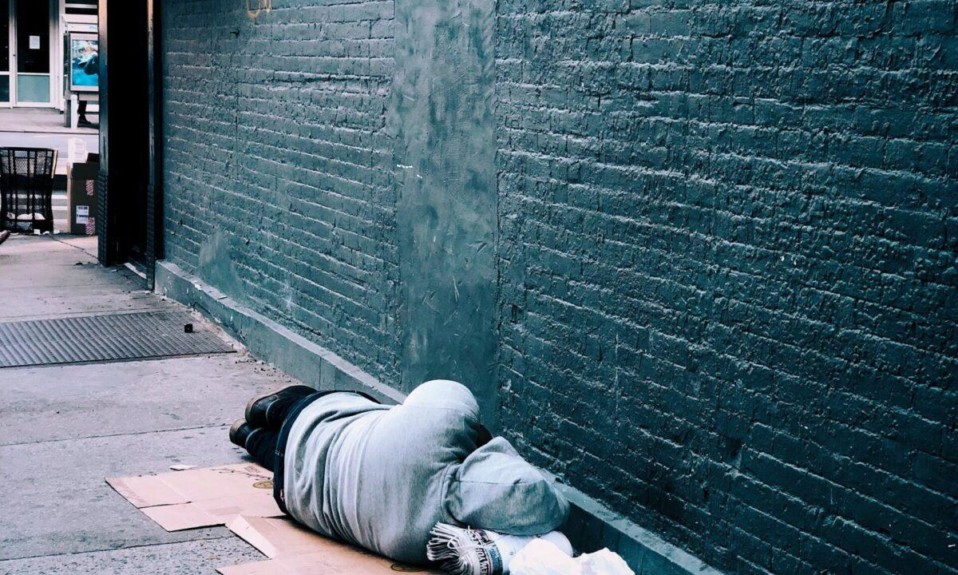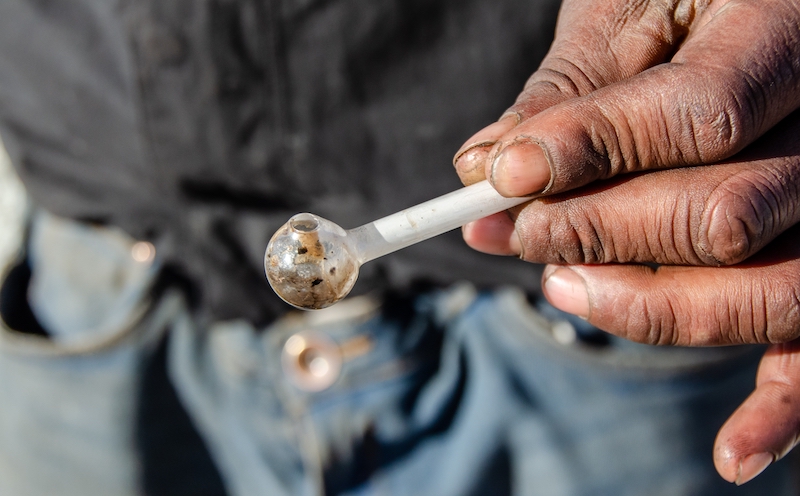Ask for more funding to battle connected challenges of addiction and homelessness needed to fulfill goal of ambitious 2018 state bill
By Jason Langendorf
July 7, 2020Drug use, addiction and homelessness have long occupied a shared space in the public consciousness—and in reality. According to estimates from the National Coalition for the Homeless, more than 1 in 3 homeless people are alcohol dependent—and nearly as many abuse other drugs.
Somewhat less understood is the complex relationship between these issues, as well as the size and scope of the population experiencing these difficulties, particularly teenagers and young adults. Estimates suggest as many as 1.7 million youth experience homelessness every year, and as much as 81% of that group may be using alcohol and/or drugs.
That’s going to make a big difference in the lives of young people and their stability.”—Kim Justice, executive director of the Office of Homeless Youth.
In Washington state, legislators are attempting to provide relief. Two years ago, they passed a bill (SB 6560) with the intent of “ensuring that no youth is discharged from a public system of care into homelessness.” The state is reportedly not on track to meet that 2018 goal by the end of 2020, but state agencies are attempting to make further headway, in part by using grant funding to better coordinate with private treatment providers and also by designating $1 million in state funds for transitional housing for youths. “That’s going to make a big difference in the lives of young people and their stability,” Kim Justice, executive director of the Office of Homeless Youth, told independent non-profit news site Crosscut.
Over the years, studies have revealed a correlation in homelessness and alcohol and drug issues—including strong long-term associations. But the causal relationship has been more difficult to establish, “with studies suggesting that substance use can be both a cause and consequence of homelessness,” according to Public Health Institute’s Alcohol Research Group research.
“As many as 1.7 million youth experience homelessness every year, and as much as 81% of that group may be using alcohol and/or drugs.”
Whether the effects of substance abuse and addiction are essentially driving youth and young adults to homelessness or they are using alcohol and drugs to cope with housing instability, the danger for that population is the same.
According to a January report from Washington’s Office of Homeless Youth, “Unstably housed [youth and young adults] are at risk of significant harm, including physical and sexual assault, robbery, and sexual and commercial victimization. Studies have shown that youth and young adults experiencing homelessness face traumatic events at a higher rate than their peers who have stable housing. Homelessness has long-term impacts on brain development and well-being and creates barriers to education and employment.”
As part of this report, the office proposed extensive recommendations to continue the effort in helping bridge the gap in care, treatment and housing for the state’s at-risk youth and young adult community. But the state’s existing child-services needs, economic strain and complications around COVID-19 are likely to create a shortfall in the resources that Justice says legislators still need to meet the goals of SB 6560.
Photo: John Tyson













